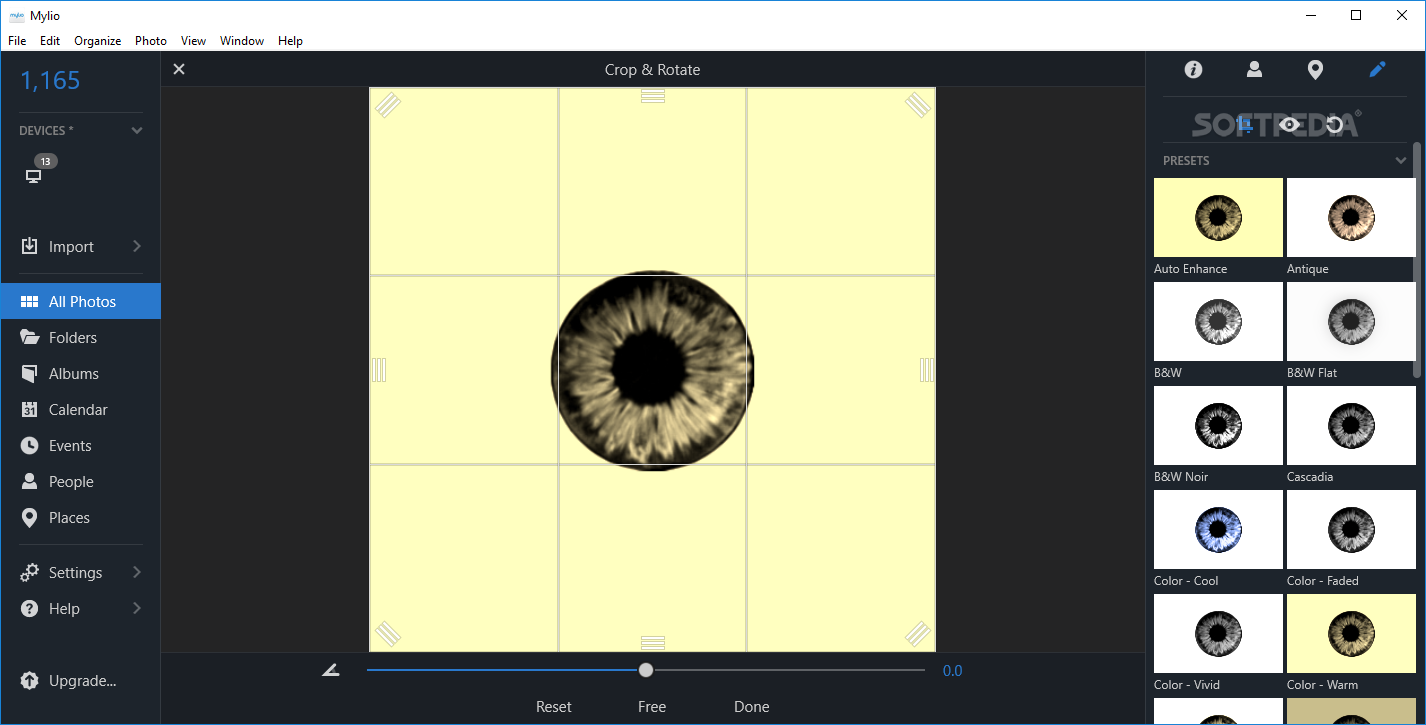
Very immature blood cells (blasts) are found in the blood and bone marrow. In this subtype, any of the three types of blood cells - red blood cells, white blood cells or platelets - might be low and appear abnormal under a microscope. Myelodysplastic syndromes with excess blasts.People with this subtype have low numbers of red blood cells, and the cells have a specific mutation in their DNA. Myelodysplastic syndromes with isolated del(5q) chromosome abnormality.A characteristic feature is that existing red blood cells in the bone marrow contain rings of excess iron. This subtype involves a low number of one or more blood cell types. Myelodysplastic syndromes with ring sideroblasts.In this subtype, two or three blood cell types are abnormal. Myelodysplastic syndromes with multilineage dysplasia.One blood cell type - white blood cells, red blood cells or platelets - is low in number and appears abnormal under the microscope. Myelodysplastic syndromes with single-lineage dysplasia.Myelodysplastic syndrome subtypes include: The World Health Organization divides myelodysplastic syndromes into subtypes based on the type of blood cells - red cells, white cells and platelets - involved. Others are caused by exposure to cancer treatments, such as chemotherapy and radiation, or to toxic chemicals, such as benzene. Most myelodysplastic syndromes have no known cause. Over time, there are more immature, defective cells than healthy ones, leading to problems such as fatigue caused by too few healthy red blood cells (anemia), infections caused by too few healthy white blood cells (leukopenia) and bleeding caused by too few blood-clotting platelets (thrombocytopenia). Instead of developing normally, the blood cells die in the bone marrow or just after entering the bloodstream.


Myelodysplastic syndromes occur when something disrupts this process so that the blood cells don't mature. In a healthy person, bone marrow makes new, immature blood cells that mature over time.


 0 kommentar(er)
0 kommentar(er)
